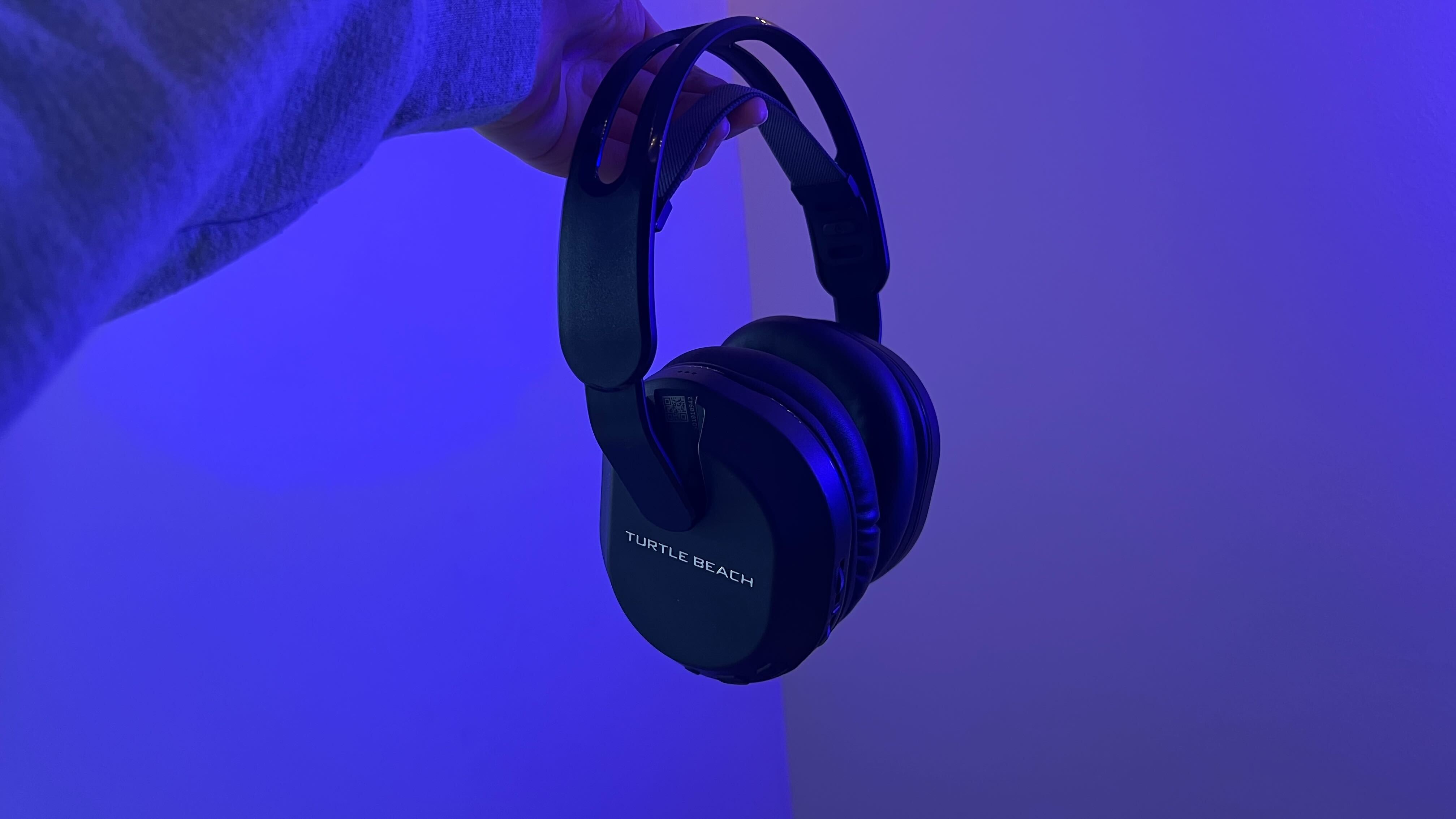GamesRadar+ Verdict
The Turtle Beach Stealth 500 is a fantastic headset in isolation, with dual wireless connectivity, a solid soundstage, and a lightweight design. Next to headsets just a little further up the price scale, though, its build quality, battery life, and audio detailing doesn’t quite hold up, though.
Pros
- +
Impressive connection options for the price
- +
Solid, powerful audio
- +
Comfortable ski-band style design
- +
Lightweight form factor
Cons
- -
Clustered controls
- -
Muddied lower mid-range
- -
Lacks adjustability
Why you can trust GamesRadar+
Turtle Beach has lived in the mid-range and entry level price brackets for years now, with the Stealth line leading the flagships. May brought about two new Stealth models, the mid-range Stealth 600 and the lower mid-range Stealth 500. What’s the difference? About $20. The Stealth 500s are really a plug for those who can’t quite meet that $99.99 price tag of the third generation 600s but still want a solid headset for their cash.
The $79.99 / £79.99 cups still have plenty of competition, but moving further away from that $100 position means they’re able to drop more features and prioritize audio quality while keeping that price relatively low. They’re not going to give some of the best gaming headsets in the premium range a run for their money, but they still offer a solid experience all-round.
| Price | $79.99 / £79.99 |
| Connection | 2.4GHz / Bluetooth 5.2 |
| Drivers | 40mm |
| Frequency range | 20Hz - 20kHz |
| Microphone | Omni-directional |
| ANC | No |
| Controls | Power, volume, chat mix, quick switch, Bluetooth pairing, multi-function |
| Battery | Up to 40 hours |
| Weight | 233g |
| Compatibility | PC, PlayStation, Xbox, Nintendo Switch, mobile |
Design
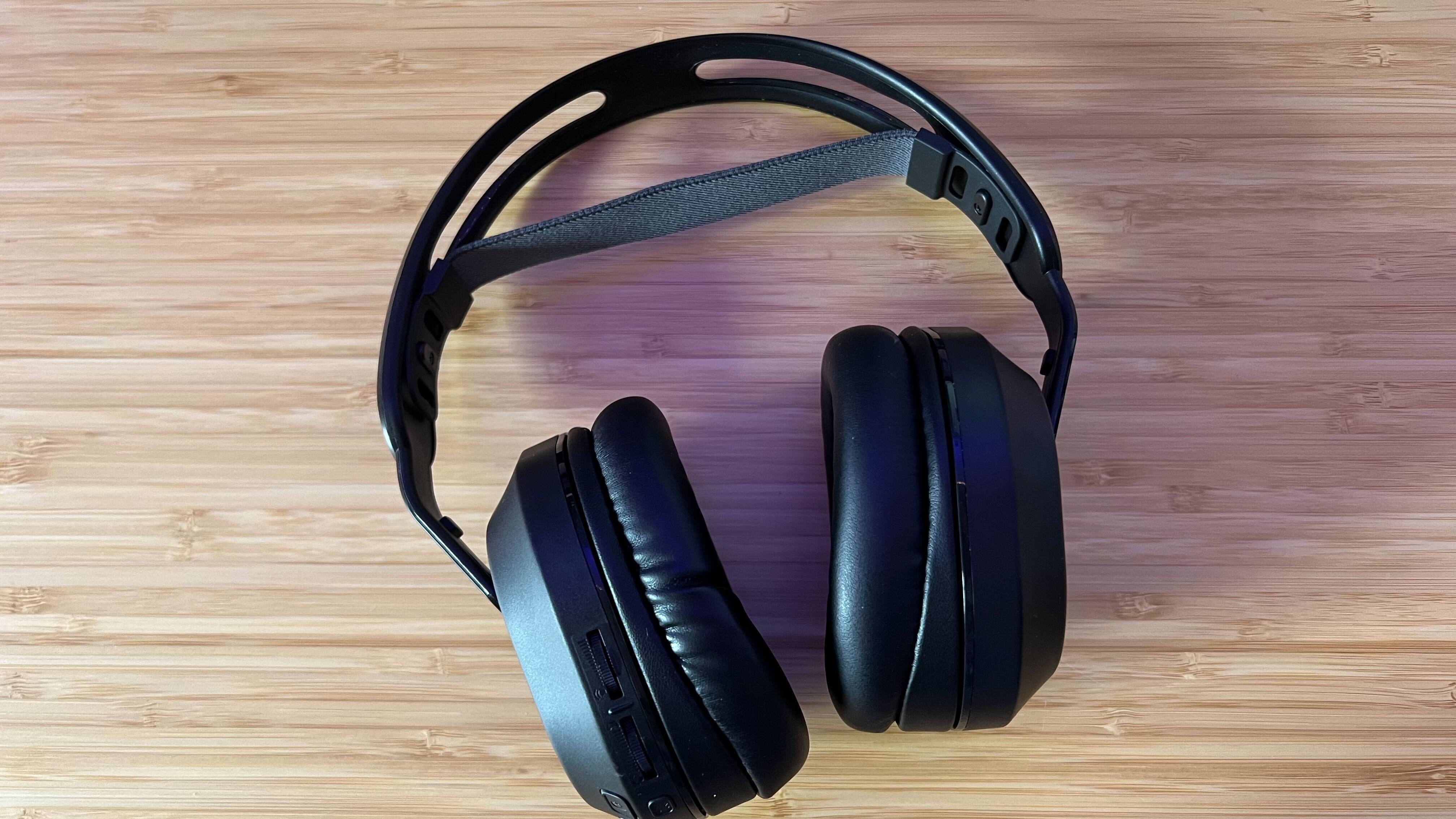
With identically shaped cups and a similar silhouette, the Turtle Beach Stealth 500 follows its sibling in its general aesthetic. However, the shortcuts to reach that low price point are pretty obvious when held side by side. The leatherette cushion cover on the Stealth 500 is much less comfortable than the mesh design of the Turtle Beach Stealth 600, often growing hot and slightly claustrophobic during longer play sessions.
The actual build of this cushioning is also questionable - my test unit has a section with particularly stretched fabric. The actual cup warps slightly around the left edge, with heavy wrinkling and a less plump cushioning. This leatherette material is already prone to flaking over time, and I’m not too optimistic about the durability of that already-loose corner.
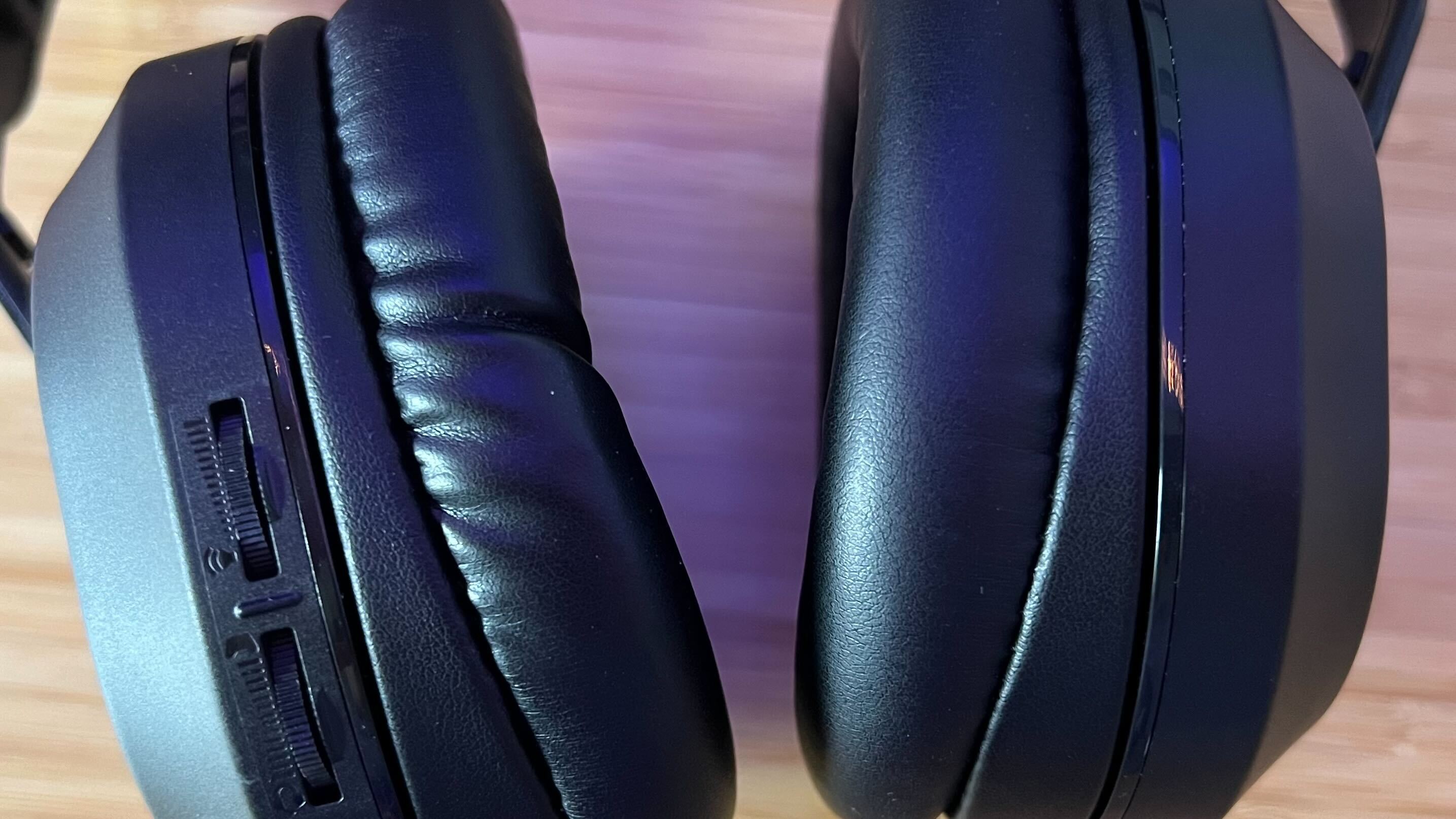
The most noticeable difference between the two headsets, though, is the headband. This is where the Stealth 500 wins out the most. The Stealth 600 is shipped with a pretty standard solid band, but there’s just not enough padding in there to remain comfortable for longer sessions. The cheaper version, however, throws a floating piece of elastic into the mix, similar to SteelSeries’ range of Nova devices. That alleviates any sense of pressure on the top of the head, with the crown only ever hitting the elastic and never the simple plastic frame on top. I much prefer this design during everyday use, especially when I’m playing for hours at a time.
The SteelSeries Arctis Nova 5 Wireless achieves this effect with a slightly higher $129.99 / £129.99 price tag, with a similarly flexible headband that provides just a touch more adjustability. There are no sliders to adjust the actual slide on the headband itself on the Turtle Beach, whereas the SteelSeries is fully adjustable. However, you’re still getting three size options for the elastic itself, swapped using a set of notches on each side.
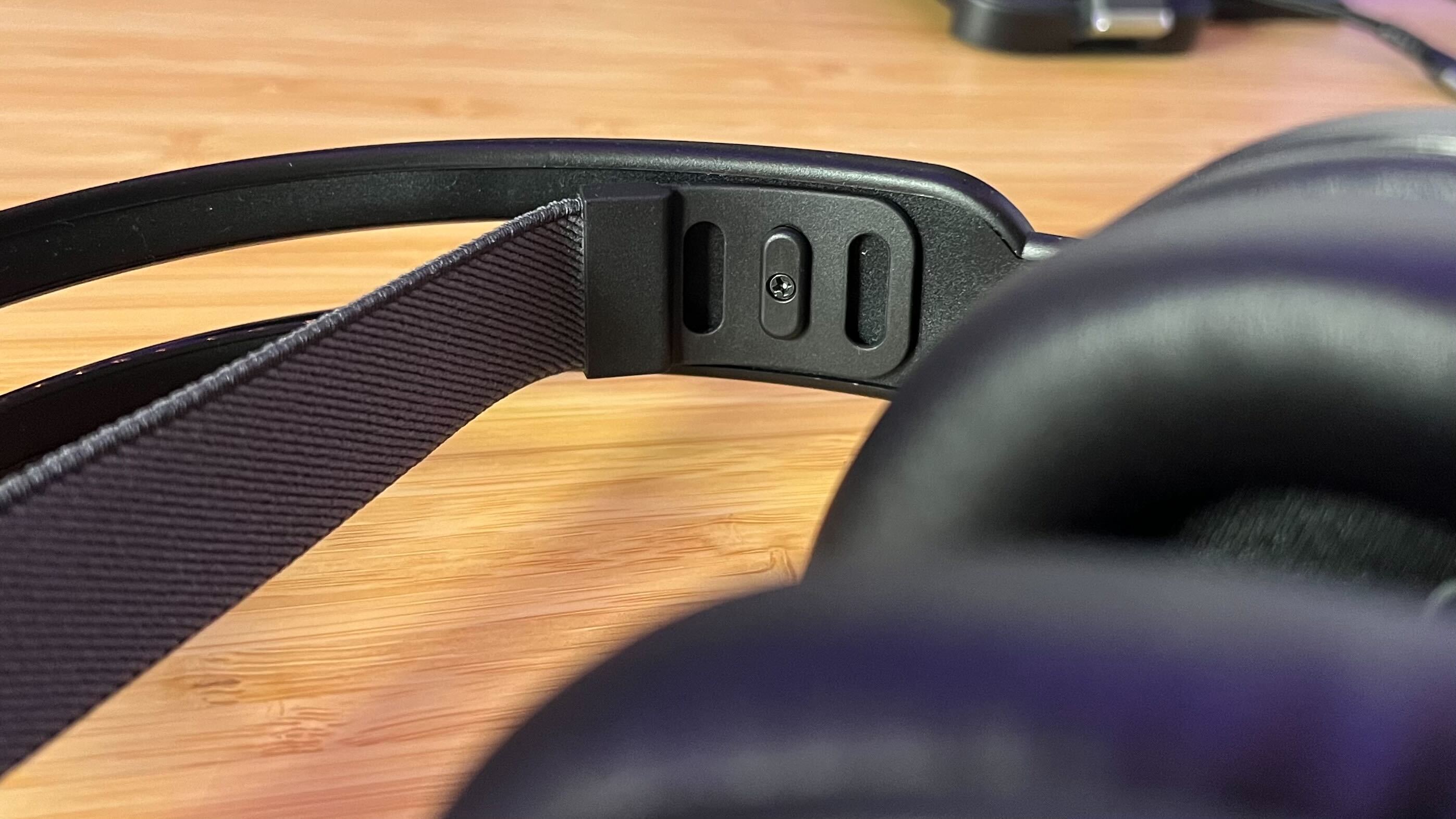
I’m lucky, though. Placing the Turtle Beach Stealth 500 straight on my noggin from the box, I didn’t notice any pain points for mis-alignment in the earcups. If you have a particularly large or small head, though, I’d recommend steering clear. The cups themselves don’t swivel and there’s not enough adjustment in the headband to be truly customizable in shape and size.
Weekly digests, tales from the communities you love, and more
For all their leatherette sins, the earcups remain comfortable over longer periods of time, temperature concerns aside. There’s a plush cushioning under each side, with a low clamp force trying desperately to keep things feeling loose - at least for the first few hours.
The plastic housing of the Stealth 500 feels cheaper and more tinny compared to the Stealth 600, but looks like it could hold up against longer term use. It’s also a lightweight design that works towards its comfort as well. The Stealth 500 weighs in at 233g, a considerable improvement over the 301g Stealth 600 - especially with that lower clamp force in tow.
Features
There was a time when cheap wireless gaming headsets abandoned pretty much every fancy feature in the book to keep their prices low. That time has passed. Now the Turtle Beach Stealth 500 features not only 2.4GHz low-latency connectivity but also Bluetooth 5.2, and the ability to quickly swap between the two. That means you can run this on pretty much anything - though the option to default to a wired mode when the battery runs out is absent. That’s the same connectivity suite as the Stealth 600, though the Razer Barracuda X adds a wired connection for its $99.99 / £99.99 RRP. That makes it a better buy for Nintendo Switch players who don’t want to worry about running out of juice while out and about.
You’re also getting chat-mix controls right on the headset itself, right next to the volume wheel. That’s not an idea placement, especially considering my natural reach consistently hit the chat wheel instead of volume during testing. In fact, everything is pretty clustered on this left cup, with very little tactile difference between various controls. While I’m impressed with the comprehensive selection of buttons and scrollers, it takes a bit of work to discern the difference between each option on-the-fly.
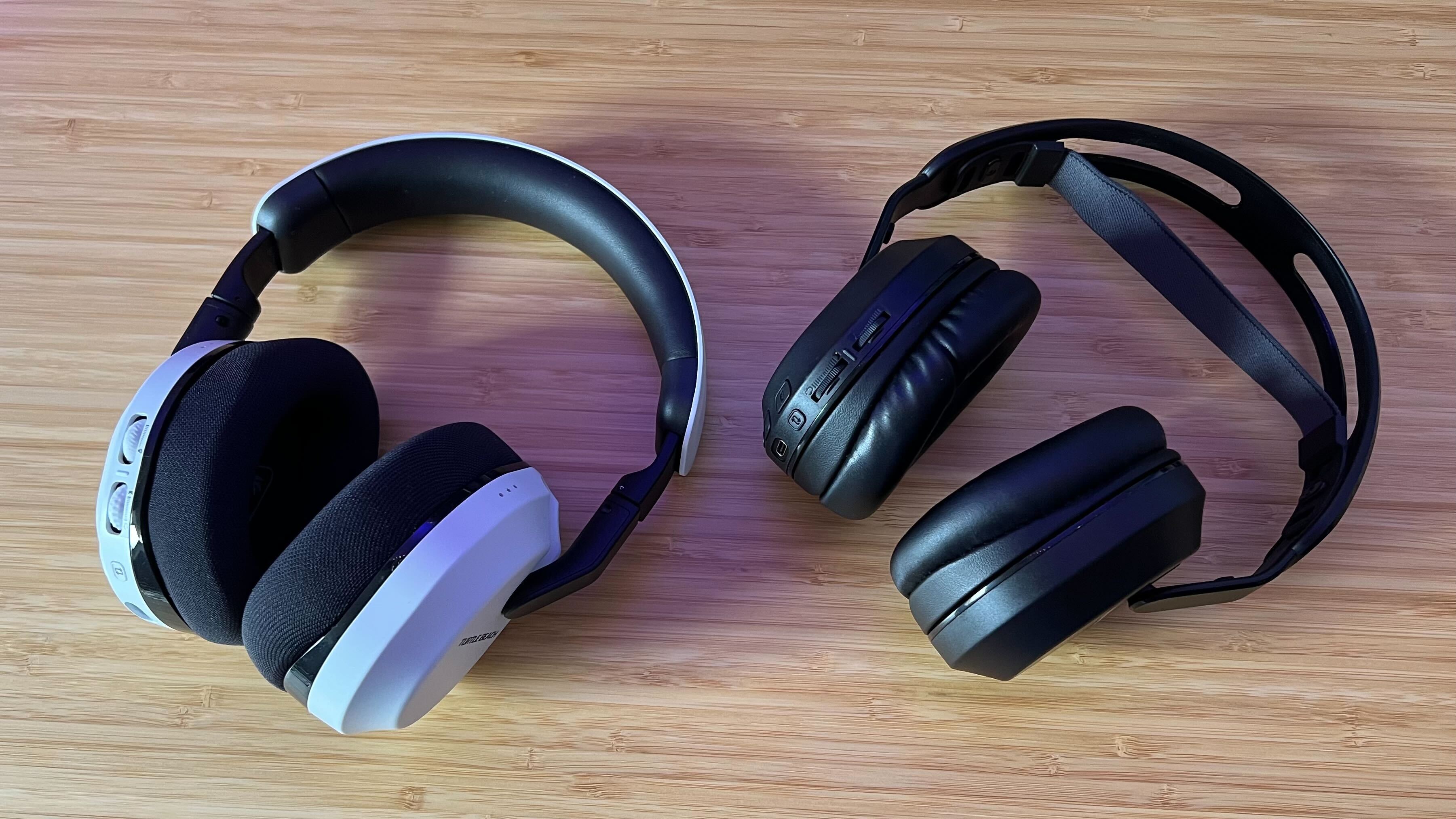
This is still a lower mid-range (very almost entry-level) wireless headset, though, so you won’t find any of the fancier features you can grab further up the price scale. However, the Swarm II software still provides access to EQ tweaks, microphone adjustments, and customization options for the multifunction button. There’s also a mobile version of the full PC suite which will come in particularly handy for console players (a rare addition, I usually see cheaper headsets relegating all of their customization features to PC-only use).
The mobile app does do away with the full 10-band EQ feature, but can otherwise be used to check battery, swap presets, and adjust your microphone. Overall, Swarm is a solid piece of software that provides excellent functionality while still remaining intuitive in its menus, all without demanding too much from your PC.
This is also where you’ll be toggling Superhuman Hearing, an audio preset that’s been shipping with Turtle Beach headsets for years now. This setting emphasizes ranges that hold things like footsteps and gunshots, with the aim being to make certain sounds clearer for competitive play. The result is an overly-processed soundstage, though, that never feels comfortable to listen to for too long.
The battery is another indicator of a slightly lower price tag, though the 40 hour rating is more than workable for everyday play. I used the Stealth 500 for around five days averaging around five hours of use per day and still had 35% remaining, so Turtle Beach’s suggestion certainly rings true from my own testing. If you’re a heavier user, it’s worth noting that the Stealth 600 bumps your battery up to 80 hours for just a little extra cash.
Performance
The Turtle Beach Stealth 500s aren’t going to give high-end headsets any concerns in their audio quality. However, they do offer a nicely energetic soundstage with plenty of range and a nice balance. The lower ranges are naturally a little more powerful than the mids, as is expected from this cheaper bracket. That means the mids can feel a little clustered at times. Octopath Traveler’s soundtrack feels a little restricted through these cups, compared to the Razer Barracuda X where there’s more space for detailing in the lower-mids. Nevertheless, there’s a warmth to the Turtle Beach Stealth 500’s sound quality that shines through particularly well in dialogue and cut scenes, and everyday play still sounds natural and well-balanced.
Unlike cheaper headsets that over-emphasize the bass at the expense of clarity, the Stealth 500s still sound impressively clean in the low ranges. I didn’t notice any distortion during everyday use, though it’s also worth noting that I couldn’t seem to crank the volume to the levels where I would usually hear this degradation in quality either. If you like your games at ear-splitting volumes you might struggle to feel the full power of this device.
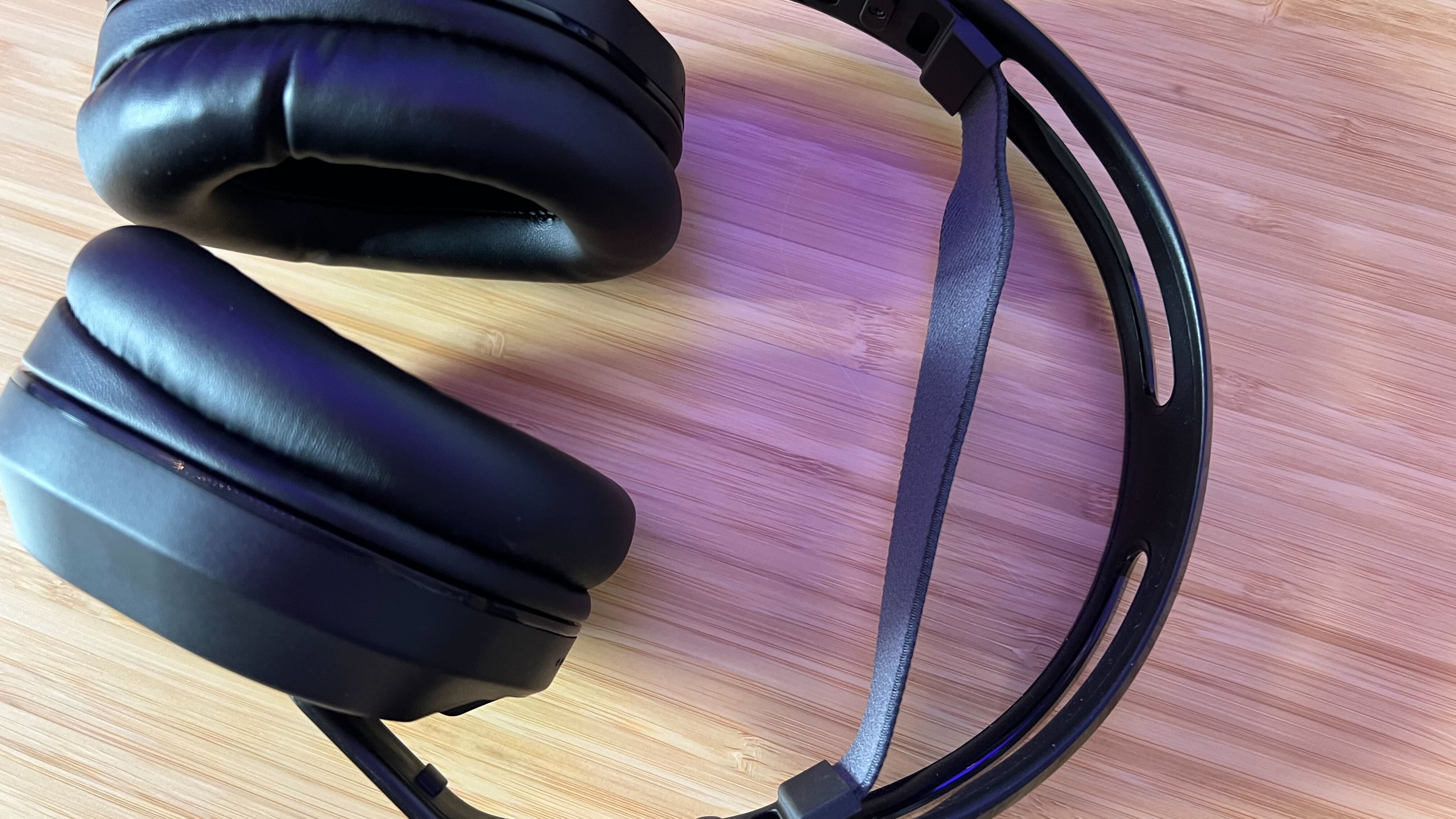
Overall quality is impressive for $79.99 / £79.99, though, especially considering directional audio is still worth a shot. Apex Legends and CS:2 both benefited from additional positional cues, with footsteps and gunshots easily heard amongst the heat of battle. That spatial sound wasn’t quite as precise as more competitive-minded headsets like the Razer BlackShark V2 Hyperspeed, but I could easily discern the general direction of certain effects. If you’re a truly competitive player you’ll need to move further up the price scale to notice a difference in your play, but the Stealth 500 nails the basics particularly well for the price.
The microphone does its job in the same way, offering a nicely clear pickup for the price but without the extra tonal or volume qualities of more expensive models - it’s certainly not a patch on the BlackShark V2 Hyperspeed.
Should you buy the Turtle Beach Stealth 500?
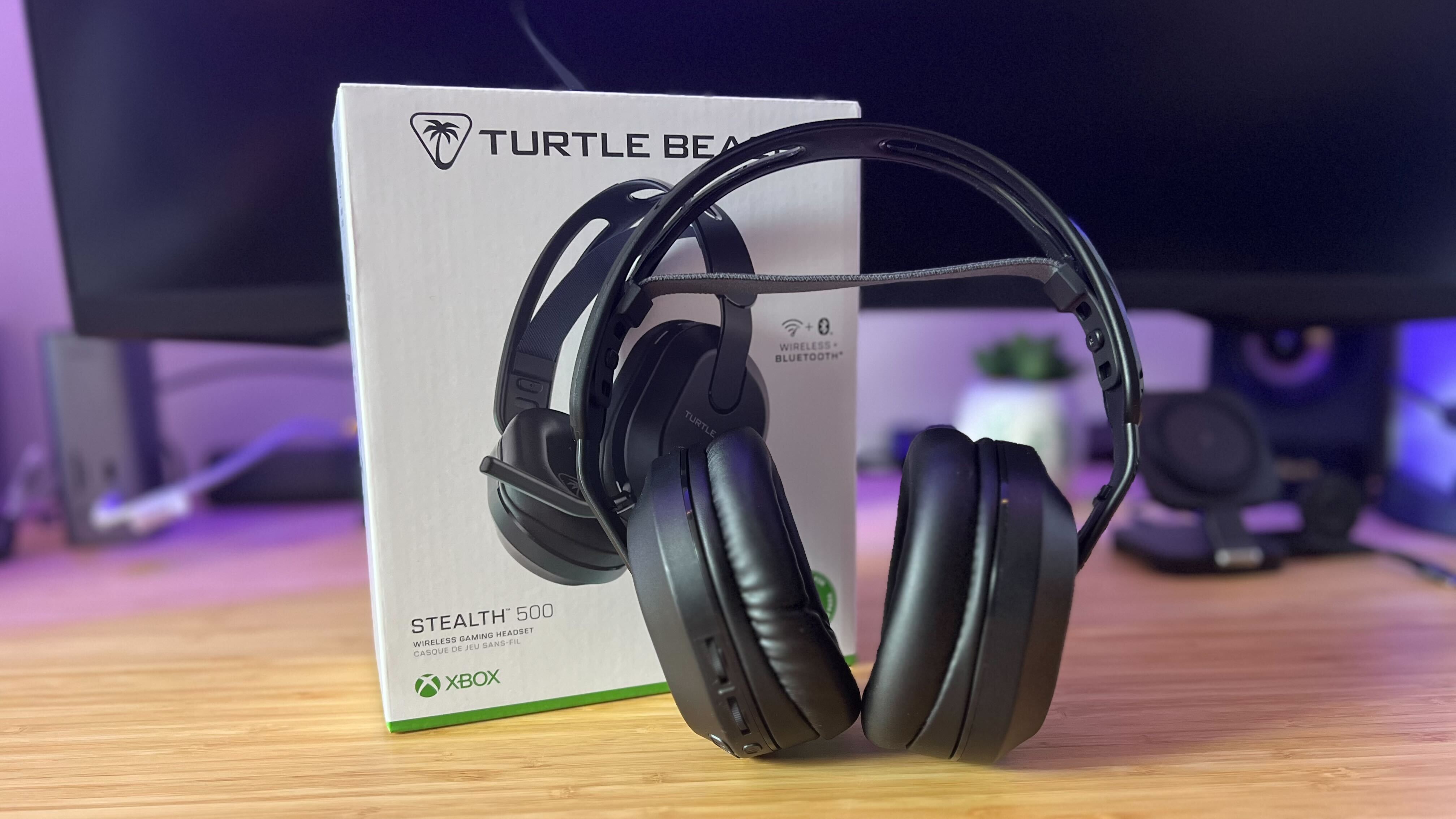
I’d recommend the Turtle Beach Stealth 500 to anyone who doesn’t want to go near the $100 / £100 price bracket, but wants more than a $50 / £50 headset can provide (namely a wireless connection and light form factor). In isolation, the Stealth 500 offers a solid price proposition - it’s one of the first cheaper headsets to offer both 2.4GHz and Bluetooth connections at an affordable rate. However, the Stealth 600’s build quality, battery life, and materials make it the better buy overall. For just $20 / £20 more you’re doubling your juice and picking up a more comfortable set of cup cushions. While the headband itself is a little less comfortable than the floating style of the 500s, the adjustability makes it a more viable option for many as well.
The Razer Barracuda X also offers a similar proposition, with better sound quality in the lower ranges and a more adjustable form factor. You’re still getting both 2.4GHz and Bluetooth connections, though with only 10 hours more battery life. The microphone is also detachable on Razer’s model rather than the handier flip to mute version on the Stealth 500.
| Specs | Turtle Beach Stealth 500 | Turtle Beach Stealth 600 Gen 3 | Razer Barracuda X (2022) |
|---|---|---|---|
| Price | $79.99 / £79.99 | $99.99 / £99.99 | $99.99 / £99.99 |
| Connection | 2.4GHz / Bluetooth 5.2 | 2.4GHz / Bluetooth 5.2 | 2.4GHz / Bluetooth / Wired |
| Drivers | 40mm | 50mm | 40mm |
| Frequency range | 20Hz - 20kHz | 20Hz - 20kHz | 20Hz - 20kHz |
| Microphone | Omni-directional | Uni-directional | Uni-directional |
| ANC | No | No | No |
| Controls | Power, volume, chat mix, quick switch, Bluetooth pairing, multi-function | Power, volume, chat mix, Bluetooth pairing, multi-function | Volume, power, smart switch |
| Battery | Up to 40 hours | Up to 80 hours | Up to 50 hours |
| Weight | 233g | 301g | 250g |
| Compatibility | PC, PlayStation, Xbox, Nintendo Switch, mobile | PC, Xbox, PlayStation, Nintendo Switch, mobile | PC, Xbox, PlayStation, Nintendo Switch, mobile |
How I tested the Turtle Beach Stealth 500
I used the Turtle Beach Stealth 500 headset as my only gaming headset for a period of two weeks, while also testing alongside the Stealth 600, Razer Barracuda X, Corsair HS35 V2, and Razer BlackShark V2 Hyperspeed for a period of one week. During my full testing period I tested for competitive accuracy in CS:2 and Apex Legends, while also running Octopath Traveler and Fallout 4 on PC as well.
I tested environmental audio and definition in Horizon Forbidden West, with further PS5 directional testing accomplished in Marvel’s Spider-Man: Miles Morales. Doom Eternal was used to test the power of the lower ranges and lower mids in a more clustered soundstage, with The Last of Us Part 2 being used for dialogue and soundstage recreation. For more information on how we test gaming headsets, check out the full GamesRadar+ Hardware Policy.
We’re also rounding up all the best PS5 headsets and the best Xbox Series X headsets on the market, as well as the best Nintendo Switch headsets for on-the-go play as well.

Managing Editor of Hardware at GamesRadar+, I originally landed in hardware at our sister site TechRadar before moving over to GamesRadar. In between, I've written for Tom’s Guide, Wireframe, The Indie Game Website and That Video Game Blog, covering everything from the PS5 launch to the Apple Pencil. Now, i'm focused on Nintendo Switch, gaming laptops (and the keyboards, headsets and mice that come with them), PS5, and trying to find the perfect projector.
